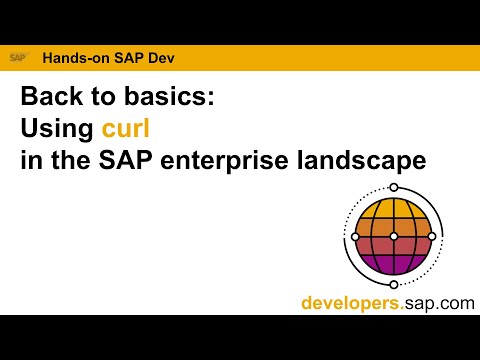Description:
Explore the powerful command-line HTTP client curl in the SAP enterprise landscape through this comprehensive tutorial. Learn essential techniques for working with HTTP, OAuth 2.0, and SAP Service Manager APIs. Discover how to retrieve access tokens, make authenticated API calls, and manage service instances using curl commands. Gain insights into URL encoding, content types, and HTTP headers while working with SAP Business Technology Platform. Practice creating, examining, and deleting service instances using curl, and learn to interpret API responses using tools like ijq and the btp CLI. Perfect for beginners and experienced developers alike, this hands-on guide covers everything from basic curl syntax to advanced usage scenarios in the SAP ecosystem.

Back to Basics - Using Curl in the SAP Enterprise Landscape
Add to list
#Business
#Sales
#Customer Relationship Management
#SAP
#Programming
#Web Development
#OAuth 2.0
#cURL
#Data Science
#Data Manipulation
#jq